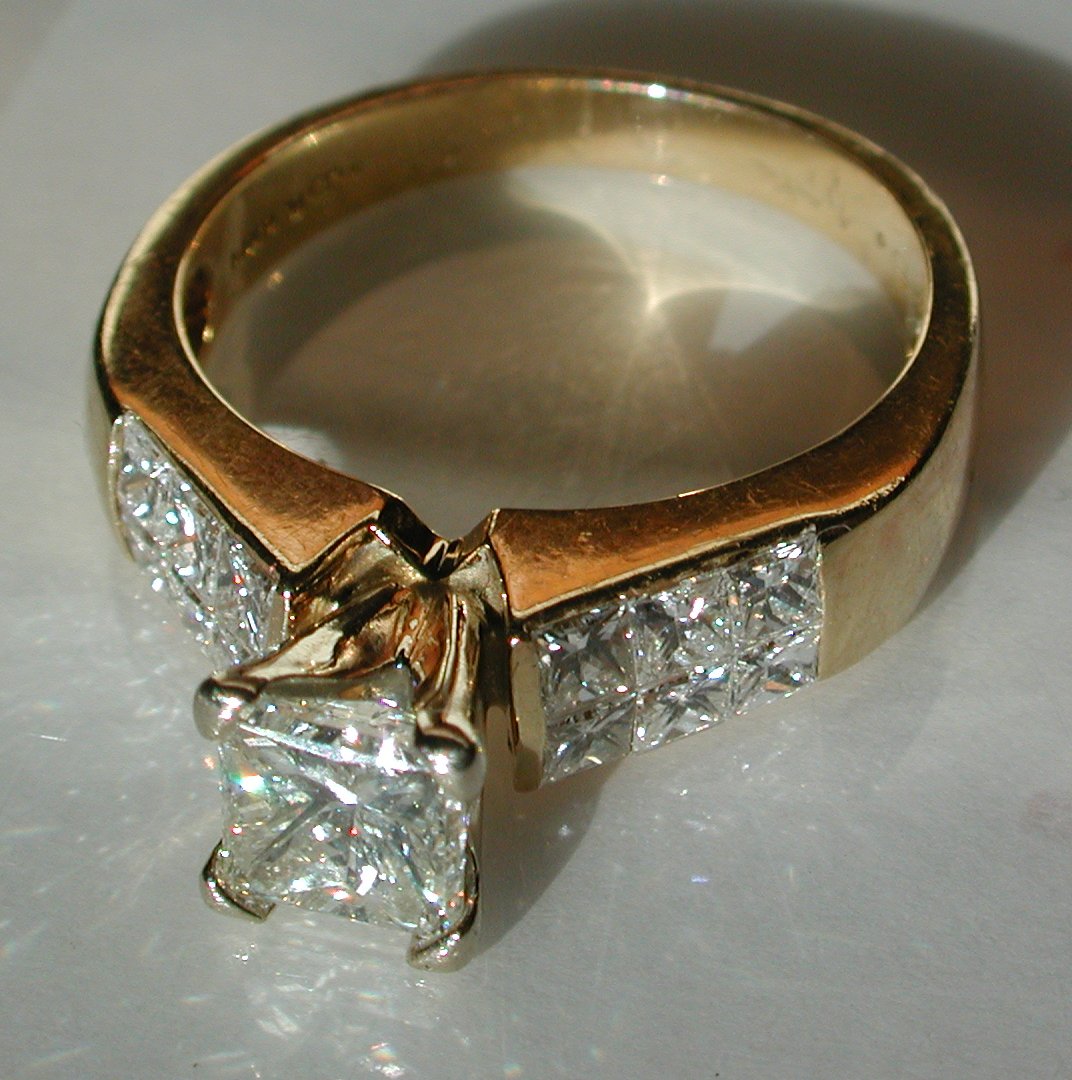French queen of Italian origin, Catherine was born in Florence on April 13, 1519, daughter of Lorenzo de 'Medici, Duke of Urbino and Madeleine de France La Tour D'Auvergne. Following an agreement between Pope Clement VII and King Francis I of France, married 14 years to Henry, second son of the French king. During the first years of marriage has been neglected, being the daughter of a "family of Italian merchants and for failing to conceive, but had a total of 10 children with her husband, who took the throne of France as Henry II.

Caught throughout their married life a silent struggle with her husband's mistress, Diane de Poitiers. With the death of Henry II and his eldest son, Francis II, Catherine Diana finally got that returned the crown jewels, with which it had been presented by her lover (which, for this was named the "Keeper of the Crown Jewels of France" ), to withdraw from the Court and replace the beautiful castle of Chenonceau by much less beautiful castle of Chaumont-sur-Loire. With the rise to the French throne son Charles XI, even minor, in 1560, Catherine became regent of France.
He tried to contain the religious conflicts that divided France, trying to remain impartial to the Protestants (Huguenots), led by Admiral Gaspar de Coligny, and the Catholics, led by the powerful Guise. The civil war in France ended with the violent St. Bartholomew on August 24, 1572, when Coligny was performed and the Guise of troops killed 300 thousand Huguenots.
During the time he spent in power (until 1574), and even before, was a passionate patron of the arts and among its main achievements include the expansion of the Louvre palace, then residence of French kings, the construction of the palace and the Tuileries increase the library collection in Paris. Catherine died at Blois on January 5, 1589.
The jewelry, the dress and the accessories they use this painting Catarina (author unknown) are very representative of the French Renaissance: the black velvet dress queen is entirely covered with a trellis made of embroidered pearls, sapphires and diamonds containing framed in gold at each intersection and the spaces being filled by a drawing done in gold thread. The top of the dress, corseted, contains a low-cut half moon covered on both sides by a thin gauze edge of pearls and sapphires. The turtleneck dress in gauze is also adorned with embroidery on the edges and let the shows only the front of the neck. A large brooch in gold, diamonds, sapphires and pearls adorning the top of the dress, and it hangs a string of pearls, diamonds and sapphires. In the neck the Queen wearing a necklace with the same gems that decorate their clothes: pearls, diamonds and sapphires. Earrings of pearls and diamonds adorn her ears.
The sleeves of her dress, half of the arm to the middle of the forearm are covered with ermine. The sleeves that cover the arms to the hands give the impression that part of the clothing worn underneath the black dress, but they are false, as indeed are tailored to the ermine. The same color and fabric, silk rose - clear, are decorated using the same design pattern of the dress, but they are also edge with silver wires that form a second pattern of design and feature buttons, gold and diamond set in white satin stands of the sleeves. The skirt clothing less follows the same pattern design of the sleeves false.
The waist of the French queen is adorned with a belt made of long strands of pearls, sapphires and gold and the tip of which hangs a cross made of gold and decorated with diamonds, sapphires and pearls. The headdress, known as "French hood", is decorated with the same gems that adorn the robes of the Queen and embroidered with gold and silver.